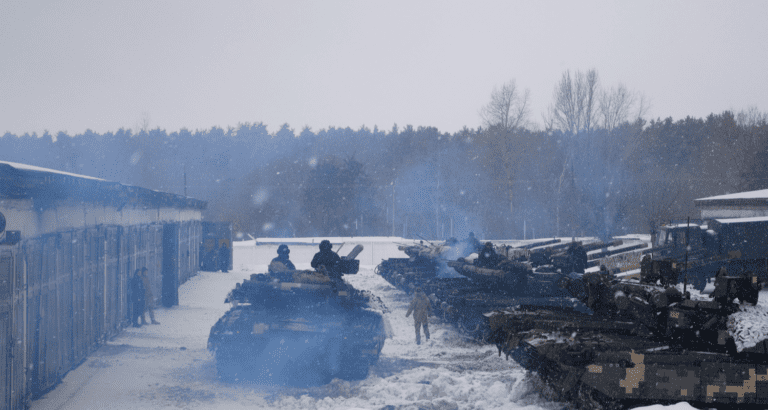According to cybersecurity agency ENISA, the Russian attack on Ukraine led to larger, more destructive cyberattacks over the past year.
The organization looked back on the security landscape of 2022 in its annual report. The damage of cyberattacks increased. Zero-day exploits became more common and the use of deepfakes for disinformation grew, ENISA said.
The organization witnessed a rise in the number of threats to governments, banks, utility providers and digital infrastructure. According to ENISA, the increase was caused by international tension, including Russia’s attack on Ukraine.
“Today’s global context is inevitably driving major changes in the cybersecurity threat landscape”, ENISA Executive Director Juhan Lepassaar said in a statement. “The new paradigm is shaped by the growing range of threat actors.”
According to the organization, about 24 percent of attacks targeted governments. 13 percent focused on service providers. The figures are consistent with earlier predictions by SANS Institute, a US-based security vendor.
More attacks on governments, fewer attacks on organizations
In February 2022, SANS Institute hosted a panel on the cybersecurity situation of Ukraine. Attending security professionals predicted that the number of attacks on organizations would decrease as a result of an increase in the number of attacks on governments. The panel was organized a few days after Russia’s invasion of Ukraine.
During the panel, several security professionals held Russian intelligence services responsible for cyberattacks on Ukrainian infrastructure. According to the professionals, intelligence services collaborated with Russian cybercriminals. Jake Williams, one of the panellists, predicted that the number of attacks on organizations would decrease as a result.
“Russian government threat actors have capabilities, but not an infinite supply”, he said at the time. “Every attack burns another capability. Capabilities are used where the impact matters. Right now, Russian government operators are really busy with important government targets.”
Tip: The European wind energy industry is facing a slew of cyberattacks
